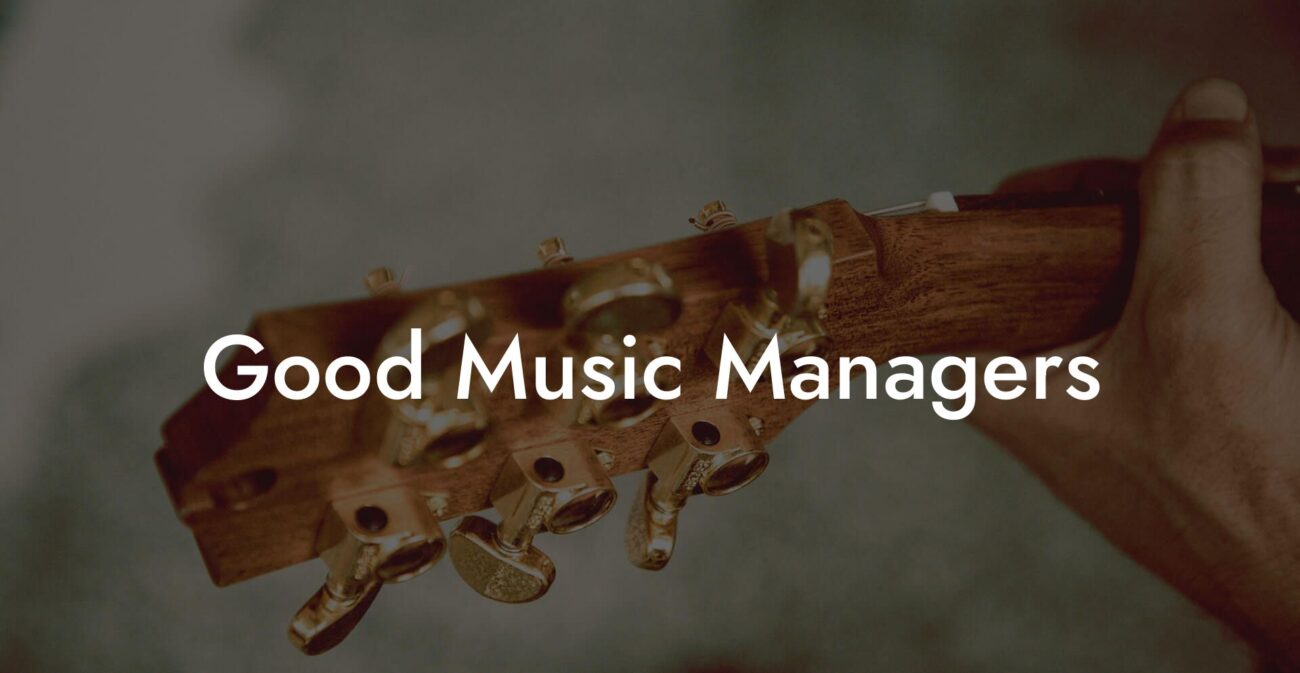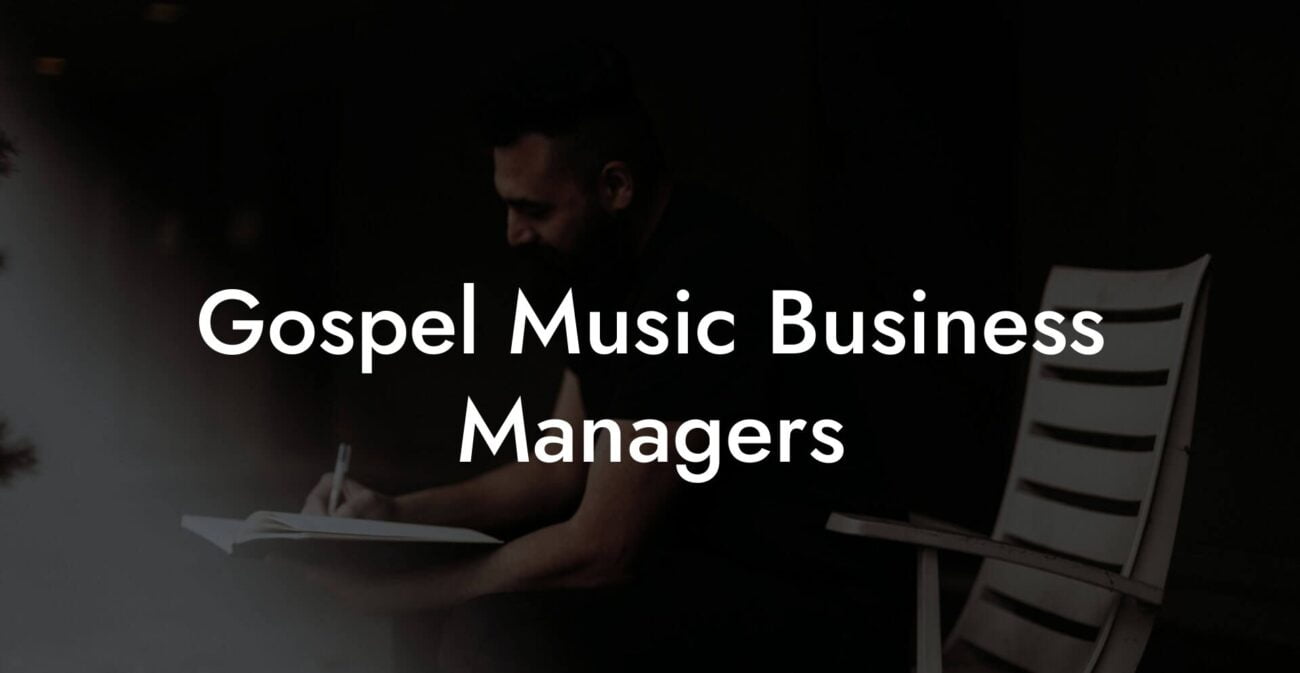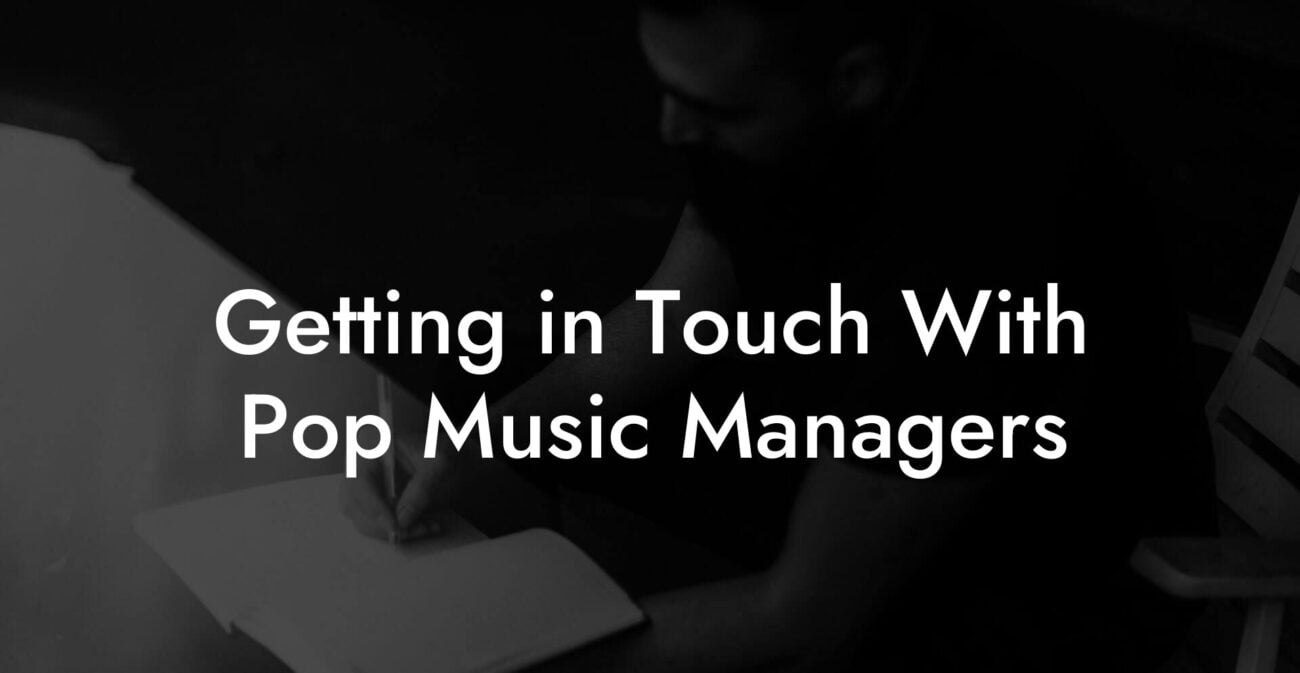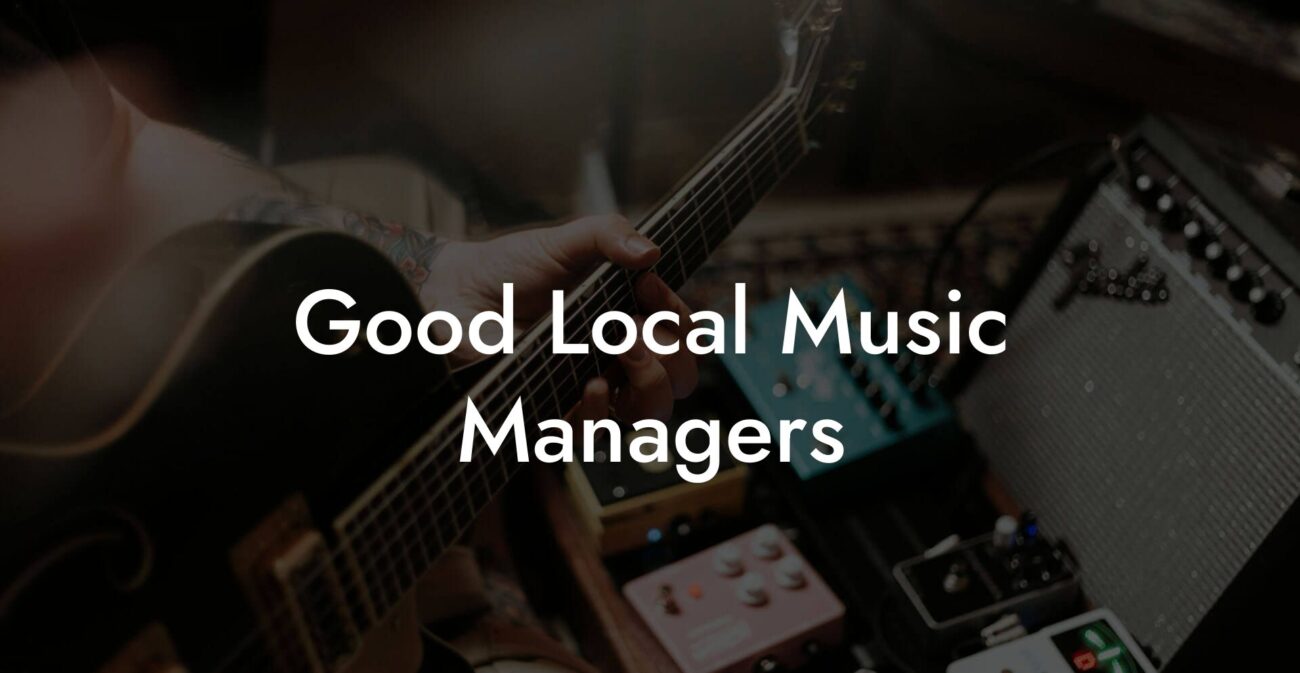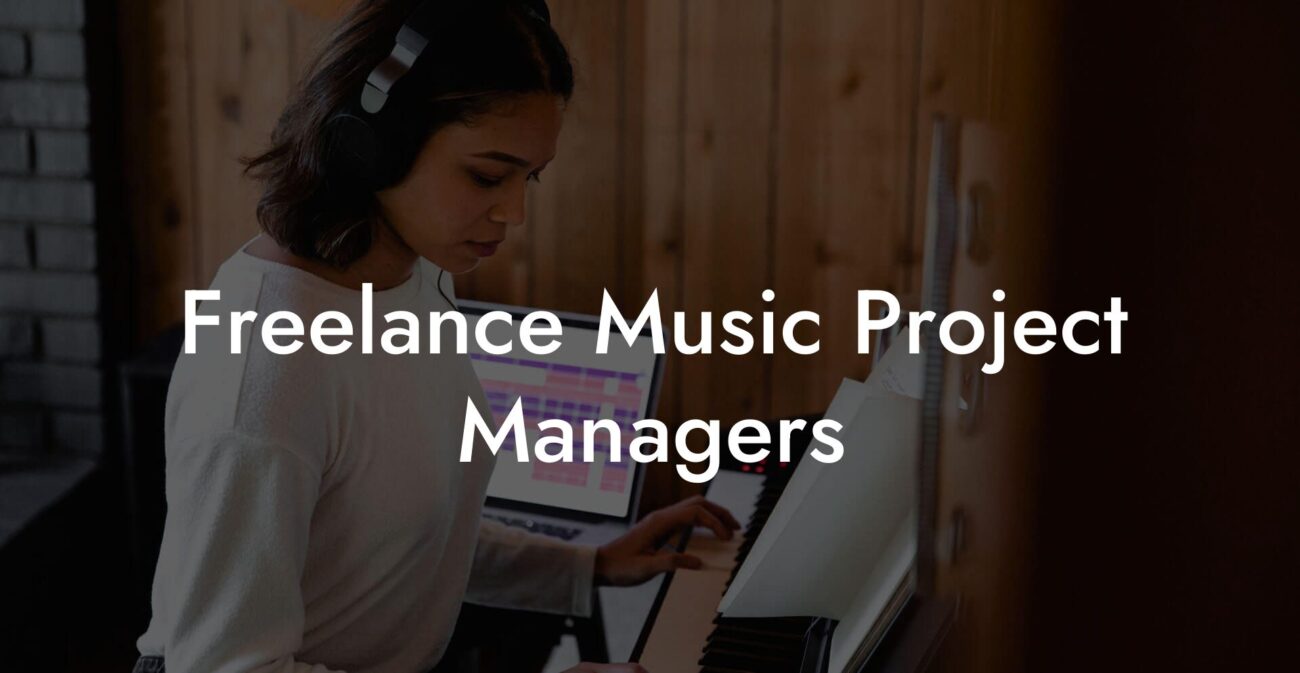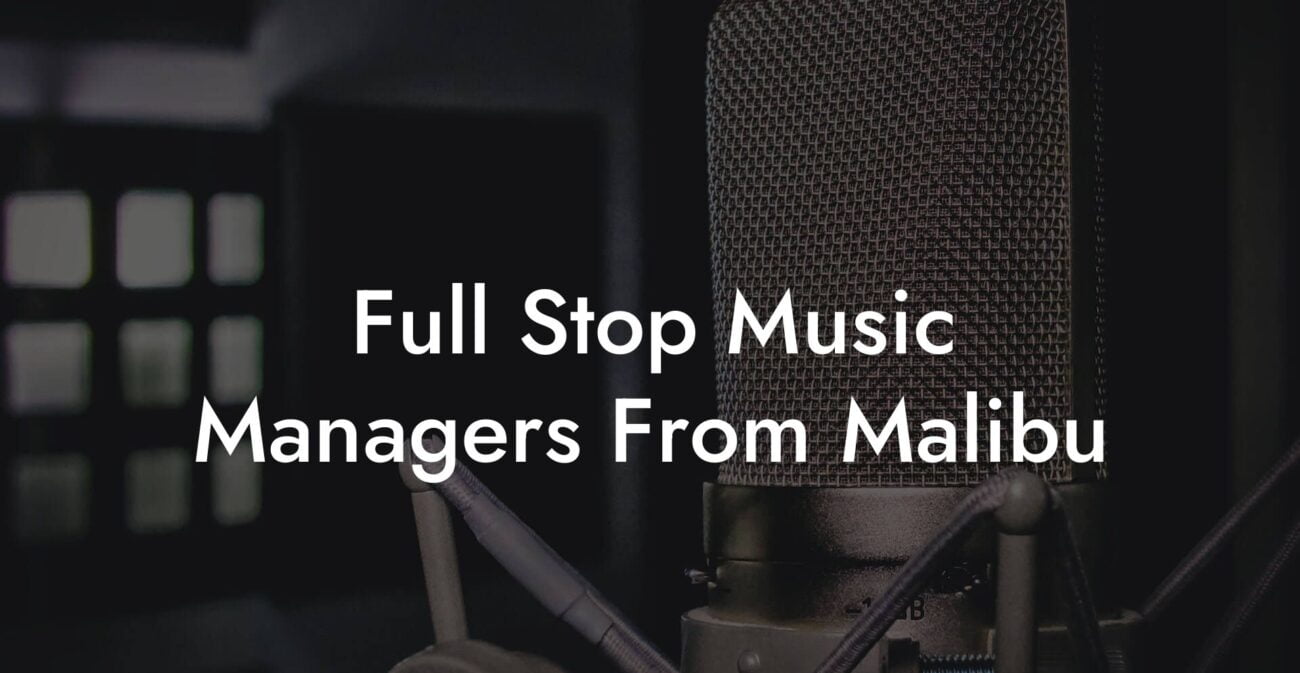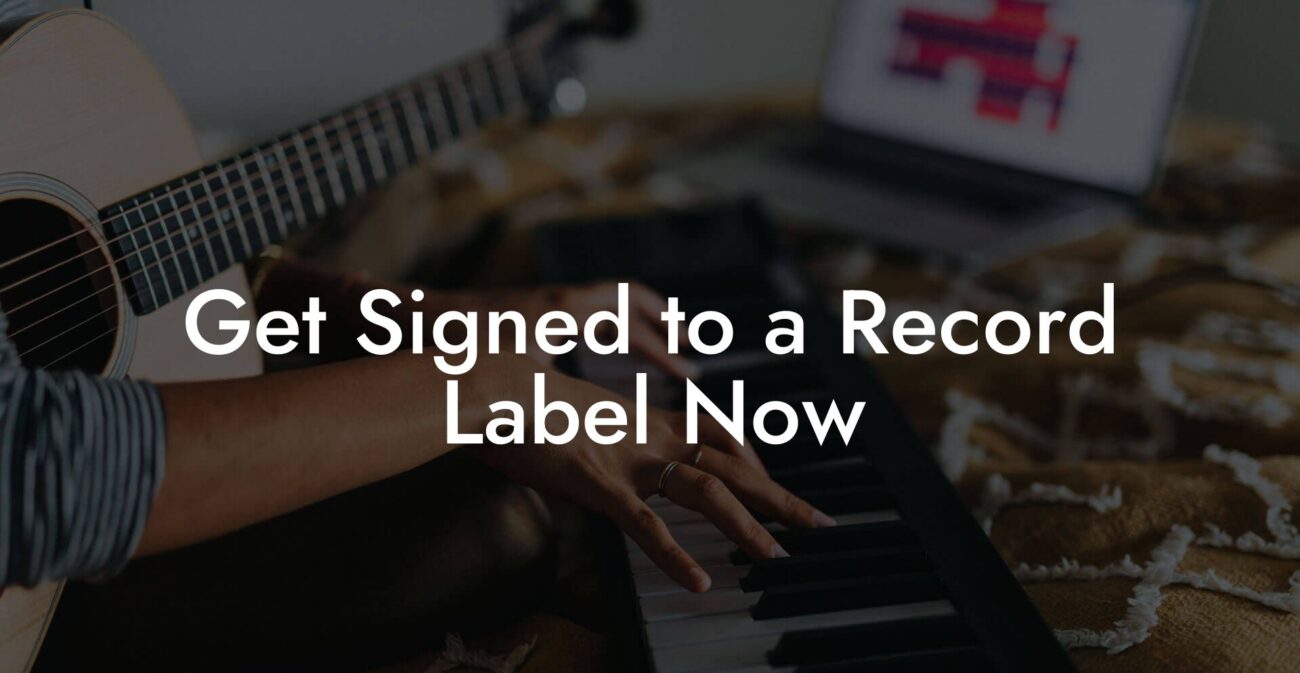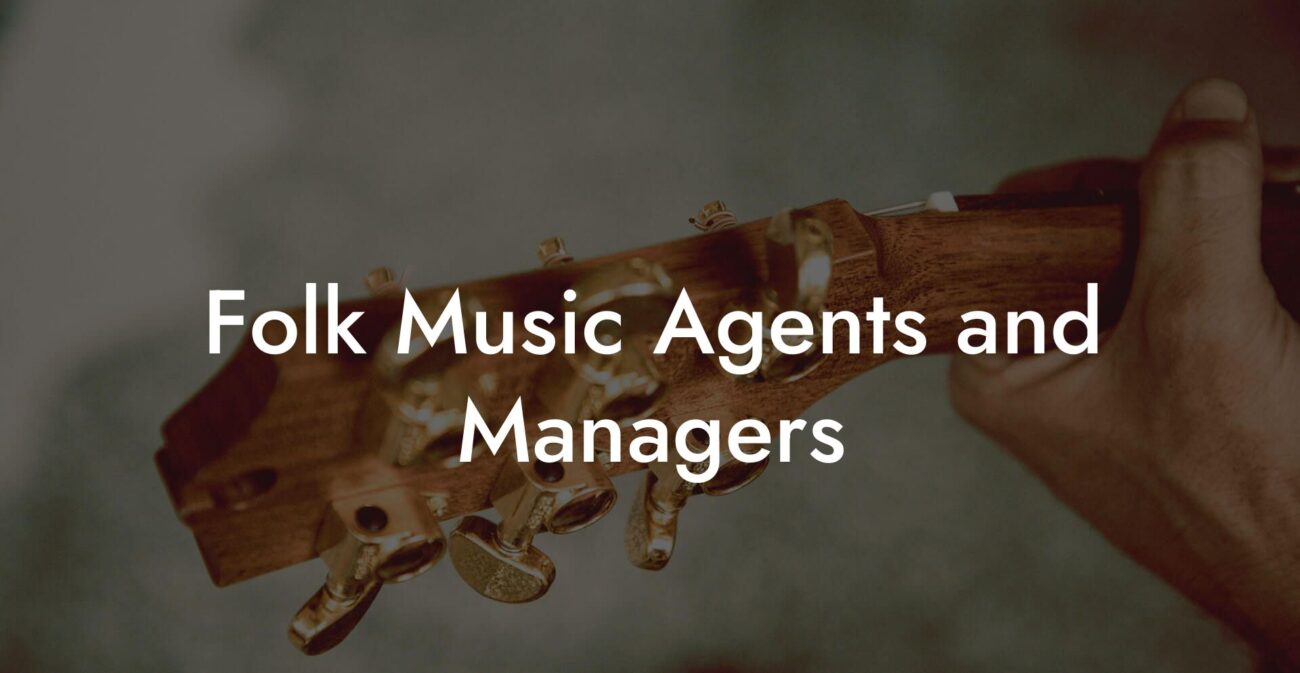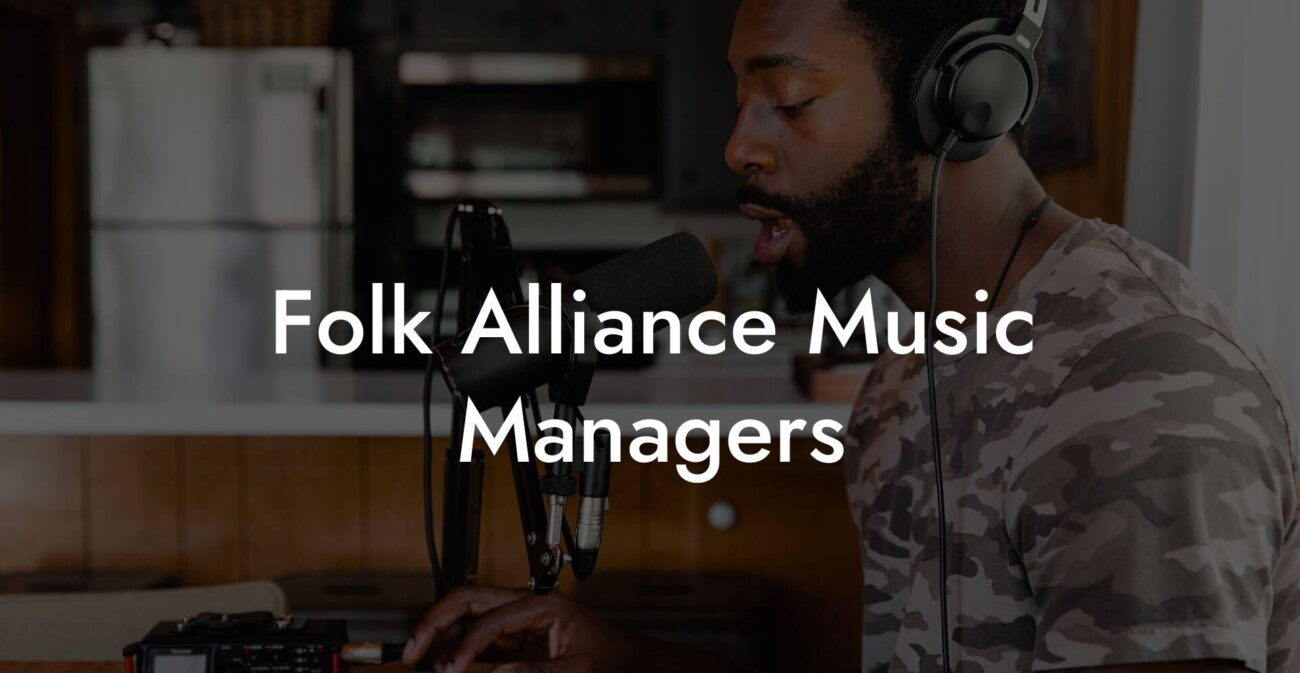Songwriting Advice
How to Write a Rap Song

You want verses that feel inevitable and hooks that live in people’s mouths for weeks. You want rhyme schemes that snap, cadences that ride the pocket, and lyrics that sound like your life told with style. This guide gives you a complete, repeatable system. Every section includes principles, tactics, examples, and drills you can use today. No fluff. Only bars and decisions that help you finish songs fans replay and quote.
Quick Interruption: Ever wondered how huge artists end up fighting for their own songs? The answer is in the fine print. Learn the lines that protect you. Own your masters. Keep royalties. Keep playing shows without moving back in with Mom. Find out more →
Quick Interruption: Ever wondered how huge artists end up fighting for their own songs? The answer is in the fine print. Learn the lines that protect you. Own your masters. Keep royalties. Keep playing shows without moving back in with Mom. Find out more →
Quick Links to Useful Sections
- 1) Mindset and Finding Your Voice
- 2) Concept and Song Premise
- 3) Flow Fundamentals and Cadence Systems
- 4) Rhyme Architecture and Multis
- 5) Rhythm, Pocket, and Working With Beats
- 6) Syllable Economy and Clarity
- 7) Writing Hooks That Stick
- 8) Verse Architecture and Section Jobs
- 9) Devices: Wordplay, Doubles, and Motifs
- 10) Imagery and Specificity
- 11) Punchlines, Brag Rap, and Balance
- 12) Storytelling Structures and Perspective
- 13) Melody, Singing, and Tuning Choices
- 14) Beat Selection, BPM, and Song Structure
- 15) Ad Libs, Layers, and Arrangement
- 16) Editing Bars Like a Producer
- 17) Recording Performance and Mic Presence
- 18) Mix Notes for Writers and Final Touches
- 19) Practice Routines and Drills That Compound
- 20) Authenticity, Ethics, and Longevity
1) Mindset and Finding Your Voice
Your voice is not an accent or a filter. It is your decisions on the page and in the booth. Start by writing a one sentence promise for the song. Say it like a text to a friend. This sentence becomes your compass for flow, imagery, and hook language. Speak your lines out loud before you write them down. If a sentence dies in your mouth, it will not live on a beat. Keep a banned list of phrases you refuse to use. You are not generic. Your voice is the receipts from your life and the way you square your shoulders when you say them. The goal is clarity, surprise, and emotional truth. You can flex technique without losing humanity if each flex serves a feeling or a picture. Confidence grows from finishing ten medium songs more than chasing one perfect one forever. Momentum trains taste. Taste guides edits. Edits refine voice. Before each session, do a two minute freestyle on voice memos. Do not post it. Listen once. Note one move you liked. Repeat that move on purpose in today’s draft. That is how a voice becomes a craft instead of a mystery.
2) Concept and Song Premise
Great rap songs carry one clean premise you can say in under ten words. State it on paper. Under it, add three angles that prove or complicate the premise. Premise examples include I am not the person you left, I love my crew more than these trophies, and Pressure taught me to be gentle. Each angle becomes a verse focus or a hook echo. Build a title from the premise that sings on a long note and lands on a strong beat. Avoid titles that need paragraphs of setup. If your premise is loud flex, list three specific receipts from real life. Paid my sister’s tuition is stronger than I get money. If your premise is pain, pick one scene and stay inside it. Hospital chairs tell the truth without speeches. Map your premise across the structure before writing lines. Verse one introduces the present. Verse two adds a time jump, a cost, or a witness. The bridge or turnaround flips perspective or answers a doubt. The hook repeats the thesis in plain language with one memorable word that can handle a crowd shout. Write a fake back cover blurb for the song in two sentences. That blurb reveals missing angles before you spend bars chasing them in the wrong order.
3) Flow Fundamentals and Cadence Systems
Flow is your rhythm math plus your voice’s comfort. Start with the beat’s grid. Clap on twos and fours for one minute to lock the backbeat. Hum a drumless count of one e and a two e and a so you can hear sixteenths as options rather than noise. Choose a base cadence for the verse. Examples include sparse talky with rests on the snare, triplet pocket that leans forward, or machine gun sixteenths with strategic breaths. Write four bars with only the rhythm of your syllables as X marks on paper. Then fit words that match the shapes. Do not force vocabulary into the wrong shoes. Build two cadences per song. One for verses and one for hook or pre. In transitions, shift density or vowel length to signal lift. If the beat is busy, write wider notes and fewer syllables. If the beat is empty, you can dance with more subdivisions. Record cadence drafts in gibberish for two minutes. Pick the one your body repeats without effort. That is your best pocket for this instrumental. Respect breath. Mark breath commas where groove demands air. Tight lungs turn confidence into panic. Pacing and rests sell swagger more than cramming every space with syllables you cannot support.
4) Rhyme Architecture and Multis
Think in rhyme lanes. End rhymes give the crowd something to grab. Internal rhymes and multis give replay value. Start by choosing a rhyme family that fits the title vowels. Friendly vowels on the hook can carry longer notes without strain. Build a two beat rhyme cell like ay ee then plant echoes inside bar middles. Map a four bar scheme before writing words. Example map: A internal A, A internal A, B internal A, A tag. Write skeleton bars with slashes showing rhyme landings. Then fill with sense. Do not chase perfect rhyme at the cost of natural speech. Family rhymes and assonance often sound more musical because they meet the beat’s tone. Keep heavy multis for brag moments and clean end rhymes for thesis lines. Use a rhyme staircase in the last two bars of a section where each bar stacks one more echo. That sells momentum. If a rhyme feels like a trick for its own sake, cut it. Rhyme should support meaning, not bully it. Build a small bank of two syllable and three syllable families that fit your accent. Rotate them across songs so you do not repeat a signature scheme every time by accident. Taste chooses where technique shows up and where it hides.
5) Rhythm, Pocket, and Working With Beats
Beats are not canvases. They are scene partners. Learn to read the kick and snare conversation before writing lines. Solo the drums if possible. If not, listen for the low end movement against the backbeat. Place heavy consonants on snare moments and long vowels across kick sustains so the rhythm section feels glued to your mouth. If the hi hats are doing triplet rolls, you can either ride with them or create contrast with straight sixteenths. Both are valid. Decide on purpose. Write a ghost grid of where you will sit behind, on, or ahead of the beat in each section. Sitting behind can sound relaxed and expensive. Sitting ahead can sound urgent and hungry. Switch positions at section edges to keep ears awake. Do a no beat test. Rap your verse to a metronome on two and four. If the lines still groove, you own the pocket rather than renting the beat’s bounce. Avoid fighting the bass melody with crowded low vowel clusters that swallow articulation. If the beat carries a melodic hook, leave air for it to speak. If the beat is percussive, your voice can become melody through longer notes and layered harmonies. Producers love writers who make pocket decisions before asking for beat changes.
6) Syllable Economy and Clarity
Clarity is not a genre. It is a survival skill. Count syllables on your key lines. Trim filler words unless they carry character or rhythm. Replace three small words with one strong word that sings. Speak your draft at conversation volume and speed. If you trip live, fans will trip too. Move key words to strong beats. Put connective tissue on pickups. Open vowels for high notes. Closed vowels for fast runs. Choose words that fit your natural mouth shape. If a word makes your jaw fight the tempo, pick a neighbor with the same meaning and better mouthfeel. Separate density by section. Give the listener one dense bar then one bar with air to process. If the concept is complex, deliver meaning through pictures instead of lectures. Heavy lines feel light when they land inside simple sentences. Use needle drops where you end a bar one syllable early. The beat inhales for you. Use tail ties where the last word spills into the next bar. Variety sells control. Record a whisper take. If the verse works at almost silence, the phrasing and economy are right. Then layer energy. The quiet test exposes clutter that high volume can hide. Ruthless cuts serve the feeling you want to deliver.
7) Writing Hooks That Stick
Hooks are mottos with melody or memorable rhythm. Keep the sentence short enough for one breath. Place the title early and again at the end. Repeat a two word ring phrase. Use open vowels on the longest note. If your beat’s hook lives in the instrumental, write a rhythmic hook that interlocks with it rather than competes. Design hooks in three flavors. Chant hook that the crew can yell. Melodic hook that stretches one word and invites harmonies. Phrase hook that lands a quotable sentence with a tiny twist on each repeat. Test the hook with one person. If they can repeat the title and the last two words after one listen, you have a keeper. Build call and response versions for live shows. You sing the first half. Crowd echoes the last two words. Record multiple hook options fast. Often the first clear idea is right and the third clever idea is vanity. If a hook cannot survive a slower or faster tempo, it is fragile. Strong hooks wear different outfits and still look good. Protect the hook in the mix by leaving a drop or thinning drums on the key word. Space sells impact more than extra syllables ever will.
8) Verse Architecture and Section Jobs
Every section needs a job. Verse one introduces the point of view and one clean image that proves your premise. The pre chorus, if present, tightens rhythm and hints at the hook’s vowel shape. The chorus states the thesis and rings the title. Verse two changes either place or clock. If verse one was night in a car, verse two is morning on a sidewalk. Bring back one object from verse one with a new state so the story feels threaded. The bridge or turnaround reveals information that changes how the chorus lands. Maybe you admit a fault. Maybe you forgive someone. Maybe you explain the cost of the flex. Close with a final chorus that adds one new harmony or ad lib pattern so ears feel the climb. Inside each verse, aim for four bar paragraphs. The fourth bar either turns an idea or sets up the next four. End each paragraph with a punch that earns a head nod. If a bar could move anywhere without changing meaning, rewrite it. Bars should feel inevitable in order. Outline your verse in plain speech before rhymes. Then translate to music. Structure first. Sauce second. That is how you avoid dizzy lines that do not add up.
9) Devices: Wordplay, Doubles, and Motifs
Devices are seasoning. Use them to illuminate, not to distract. Wordplay should clarify a feeling or sharpen a brag. Doubles work when both meanings point at your premise. If one meaning is only there for the trick, cut it. Build motifs so images echo across the song. If you open with bus stop sun on my neck, later mention tan lines or a ticket stamp to stitch the world. Alliteration adds speed when you need a rush. Assonance softens lines when you need tenderness. Homophones can sell a punchline if the beat leaves a pocket for the listener to catch up. Place the second meaning one beat after the first so brains click and bodies nod. Do not stack five puns in a row. The song turns into a puzzle and the heart leaves the room. Keep a device notebook with favorite moves and examples you admire. Then refuse to imitate the surface. Study why it worked. Was it vowel play, cultural reference, or rhythm timing that sold it. Recreate the function with your own materials. The best writers hide craft inside sentences that feel like someone talking to you at 2 a.m. while the city blinks.
10) Imagery and Specificity
Specificity beats slogans. Objects carry weight. Name the snack, the street, the brand, the smell. Small receipts trump big declarations. Instead of I grind every day, try Oven clock 4 12 and the batter still on my sleeves. Replace abstract nouns with camera shots. Put hands in the frame. Show the consequence of the claim. If you say loyalty, show a favor you did that cost you sleep. If you say hunger, show what dinner looked like. Use time crumbs to anchor memory. Tuesday, first period, laundromat hum. Use place crumbs to paint maps. 14 bus, block with the mural, corner where Miss Dee sells trust with bread. Let one motif repeat across sections for cohesion. Maybe it is a watch, a receipt, a lighter. Each return should evolve. The lighter burns a bill in verse one, lights a candle in verse two, and sits unused in the bridge because you grew. Imagery also helps melody. Open vowels like ah and oh love sun and road more than words like strength. Choose images that sing in your mouth while serving the scene. The more real the room, the more listeners believe your chorus promise without you begging for belief.
11) Punchlines, Brag Rap, and Balance
Punchlines live on setup, misdirection, and rhythm timing. Write setups that sound natural, not like a magician clearing their throat. Keep the premise simple. The punch lands on the snare or right after. Use one extra beat of silence if needed so the listener’s brain falls into the line. For brag rap, trade generic flex for community flex. Paying your crew, helping your people, buying freedom for someone you love. Those lines age better and hit harder. Place punchlines at the end of four bar paragraphs so they feel like payoffs. Avoid stacking nine haymakers in a row. You exhaust the ear. Mix punches with story lines and sensory lines. That balance feels human. When you recycle a punch from your notes, rebuild the rhythm to fit the new beat’s pocket. Humor belongs if it respects your premise. Self clowning can create warmth when used with intention. Malice without craft gets old. Keep aim sharp and outcomes smart. The best punchlines carry feeling or character beyond the trick. If a line would still work written in plain prose, it might not be a punchline. It might be a thesis. Learn the difference and place each in the correct lane.
12) Storytelling Structures and Perspective
Story rap needs map discipline. Choose a frame. Now Before Now is reliable. Verse one is present. Verse two flashes back to cause. Bridge returns with a decision. Another frame is Witness Frame where you tell someone else’s story respectfully. If you write from another perspective, do your research and keep empathy first. Use braided objects that appear in each part with changed meaning. A watch that counted shifts in the past counts breaths in the present. Keep tense consistent per section. If you switch, do it for purpose and signal the move with a time crumb. Dialogue makes scenes breathe. Use short lines that sound like a person, not a novelist. Stage directions waste bars unless they reveal character. Let the environment talk. Neon hum, cracked tile, stale gum under a table. Limit cast size. Too many names and the listener drowns. One or two named people plus a witness is plenty for three minutes. Land an earned change by the final chorus. The chorus should feel different even if the words are the same because the story changed the meaning. That is the storyteller’s superpower. Facts tell. Decisions reveal who you are and make listeners care.
13) Melody, Singing, and Tuning Choices
Melody in rap is not a betrayal. It is another lever. Choose when to sing based on hook need and beat harmony. If the chords are sparse, a melodic hook can fill the space. If the sample is lush, a chant hook may be stronger. Keep melody ranges friendly. Most non singers shine within a fifth. Place the highest pitch on a word with an open vowel. Avoid tongue twisters on long notes. If you use tuning, treat it as tone choice rather than a crutch. Tune does not fix phrasing problems. Practice sliding into notes from a semitone below to give character. Layer doubles lightly on hooks and leave verses mostly single so words stay crisp. Harmonies work best on the last line of the chorus and on sustained ad libs. Test hooks at three tempos to ensure melody still reads. Write a solfege sketch if you can. Move do re mi over your title to find an easy contour. Remember that melody can appear inside rap as tone changes and vowel length, not only as held notes. Many iconic hooks are rhythmic melodies in disguise. They sing without needing scale acrobatics because the rhythm carries the tune.
14) Beat Selection, BPM, and Song Structure
Pick beats that flatter your voice and premise. Record a twenty second talk test on top of the instrumental. If your speaking voice feels comfortable, your rap will likely sit well. Consider BPM for breath and emotion. Slower tempos expose diction. Faster tempos hide sloppiness and can steal power if you rush. Common structures include Intro or tag, Verse, Pre, Chorus, Verse, Pre, Chorus, Bridge or Switch, Final Chorus, Tag. Mark section lengths on your lyric sheet. Decide where the first hook hits. Aim inside the first minute. Arrange beat drops for title words so the impact feels designed. If the beat already contains a post chorus motif, leave air for it and write a shorter hook so the instrumental hook and your vocal hook braid. Ask for stems if possible so you can mute a hi hat under a fast triplet pocket or add a crash under a punchline land. Keep a beat journal noting key, BPM, mood words, and best pockets you discovered during gibberish passes. When you return later, you will not waste time rediscovering the same pocket. Structure choices are craft, not fate. You can move a bridge earlier if the emotion asks. Write maps first. Then color inside them.
15) Ad Libs, Layers, and Arrangement
Ad libs are punctuation and character, not constant chatter. Plan three roles. Ask, Answer, and Echo. Ask ad libs set up the next line with a whisper or a grin. Answer ad libs confirm a punch or add a second meaning. Echo repeats a key word on a different pitch or tone. Leave the first bar of each verse mostly clean so the listener meets the lead voice. Build density across the song. Verse two can earn more ad libs because the audience understands the language by then. On hooks, stack doubles lightly panned for width. Add one harmony on the last line for lift. If the beat has many high frequency elements, keep ad libs lower and warmer. If the beat is dark, ad libs can add shine with airy consonants. Mark ad lib text on your sheet so you do not improvise over crucial words. Silence is also an arrangement tool. A one beat drop before the title lets the crowd shout with you. Treat drops and fills like drum fills you sing. The best arrangements feel like stage directions that guide a room from breath to jump without you yelling at them to jump.
16) Editing Bars Like a Producer
Editing is where songs grow up. Run the camera test. Replace any abstraction with an object or an action. Run the stress test. Bold the syllables you naturally stress when speaking the line. Move those syllables to strong beats or longer notes. Run the cut test. Remove any bar that repeats information without new angle, image, or rhythm. Run the ladder test. If your last two bars of a section do not climb in either rhyme density, vowel openness, or truth, rewrite them. Run the whisper test. Deliver the whole verse at near silence. If a line needs volume to work, the writing is weak. Run the friend test. Ask one listener what line stayed. Edit toward that gravity. Run the logic map. Draw arrows between bars that depend on each other. If arrows do not exist, you might have clever lines that belong to a different song. Finally, print a clean sheet with breaths, drops, and emphases marked so studio time serves choices you already made. Editing is not punishment. It is a gift to your future self on stage when the mic mix is weird and you still need every word to land like you meant it.
17) Recording Performance and Mic Presence
Studio confidence starts before the red light. Warm up with tongue twisters and gentle scales. Hydrate. Mark posture cues in your notes. Relaxed jaw, shoulders down, ribs wide. Choose a mic distance that preserves consonants without popping. Six inches with a pop filter is a useful baseline. Track lead first in full takes to capture flow. Then punch fixes. Record a low energy take and a high energy take. Often the comp that wins is a blend. Keep doubles tight on attacks and let tails be human. Pan doubles lightly. Do not slam ad libs on top of words that carry plot. Place them in gaps or after rhymes. Smile slightly on bright vowels. Lower larynx for weight on narrative lines. If you shout the whole song, the chorus cannot climb. If you whisper the whole song, the punches do not hit. Build a performance arc across the record. Stand like you are on stage. Gestures influence tone. Mark where you will step back for a breath rather than clipping words mid consonant. Consistency reads as confidence. Record one take in the dark if the room allows. Many writers discover truth when the booth feels like a memory and not a lab.
18) Mix Notes for Writers and Final Touches
You do not need to be an engineer to write influential mix notes. Ask for the lead vocal to sit where consonants read at low volume. Request a small dip in beat midrange if guitars or keys are masking your syllables. Place the hook vocal slightly wider with subtle doubles and keep verses more centered so lines feel intimate. Use short delays synchronized to the tempo on end words. Long tails only on the last line of a section. High pass your ad libs so they shine without mud. If a plosive bothers you, a volume automation dip is often cleaner than heavy processing. Ask for a one beat drop before the title and a tiny widen on the last chorus for lift. Label stems so live shows and remixes are painless. Save a clean performance version with extra bars at the end for crowd call. Export an a cappella and an instrumental. Future you will need them. Finally, play the near final mix on a phone speaker and in a car. If the chorus and title survive there, you are ready. If not, adjust clarity and hook level before chasing more subs or reverb presets.
19) Practice Routines and Drills That Compound
Small daily reps beat rare long marathons. Do a two minute cadence gibberish over a random beat. Mark one rhythm you liked. Write a four bar paragraph using that rhythm with real words. Do a multis ladder. Pick a vowel pair and write three bars where internal echoes increase each bar. Do a scene snap. Describe a room in four lines using only objects and actions. No feelings named. Do a hook sprint. Set a timer for five minutes and write three different hook shapes for the same premise. Chant, melodic, and phrase. Do a breath test. Rap your verse while walking up stairs. If you cannot finish without gasping, rewrite density or move breaths. Do a reference flip. Take a famous bar you love and explain why it works in one sentence. Imitate the function, not the surface. Do a freestyle minute into voice memos daily. Delete most. Keep one per week that had a spark. Build a song seed bank from those sparks. The point of drills is not to show off. It is to build automatic moves so when a big beat finds you, you do not waste it teaching your mouth how to move.
20) Authenticity, Ethics, and Longevity
Your catalog is your resume and your diary. Write what you can stand by when the room is quiet and your people are listening. Authentic does not mean confessional every track. It means the choices match your values and your experience. If you tell someone else’s story, do your homework and pay respect. Avoid punching down. It ages badly and shrinks your stage. Flex with receipts that help your community. Champions who lift others get longer runs because fans trust them. Guard your health. Breath, sleep, voice, and mind are instruments. Build routines that keep them strong. Plan for tomorrow by owning your stems, your splits, and your masters when possible. Write songs you still want to perform in two years. Trend chasing can be fun. Do it as seasoning rather than a diet. Curate your influences publicly. Shout out legends and peers. It signals taste and keeps the culture generous. Most of all, finish songs. A finished good song beats an unfinished perfect idea. Catalog builds leverage. Leverage buys you time to tell bigger truths. Time and truth create legacy. That is the long game for writers who want fans to say this one saved a week of my life.


